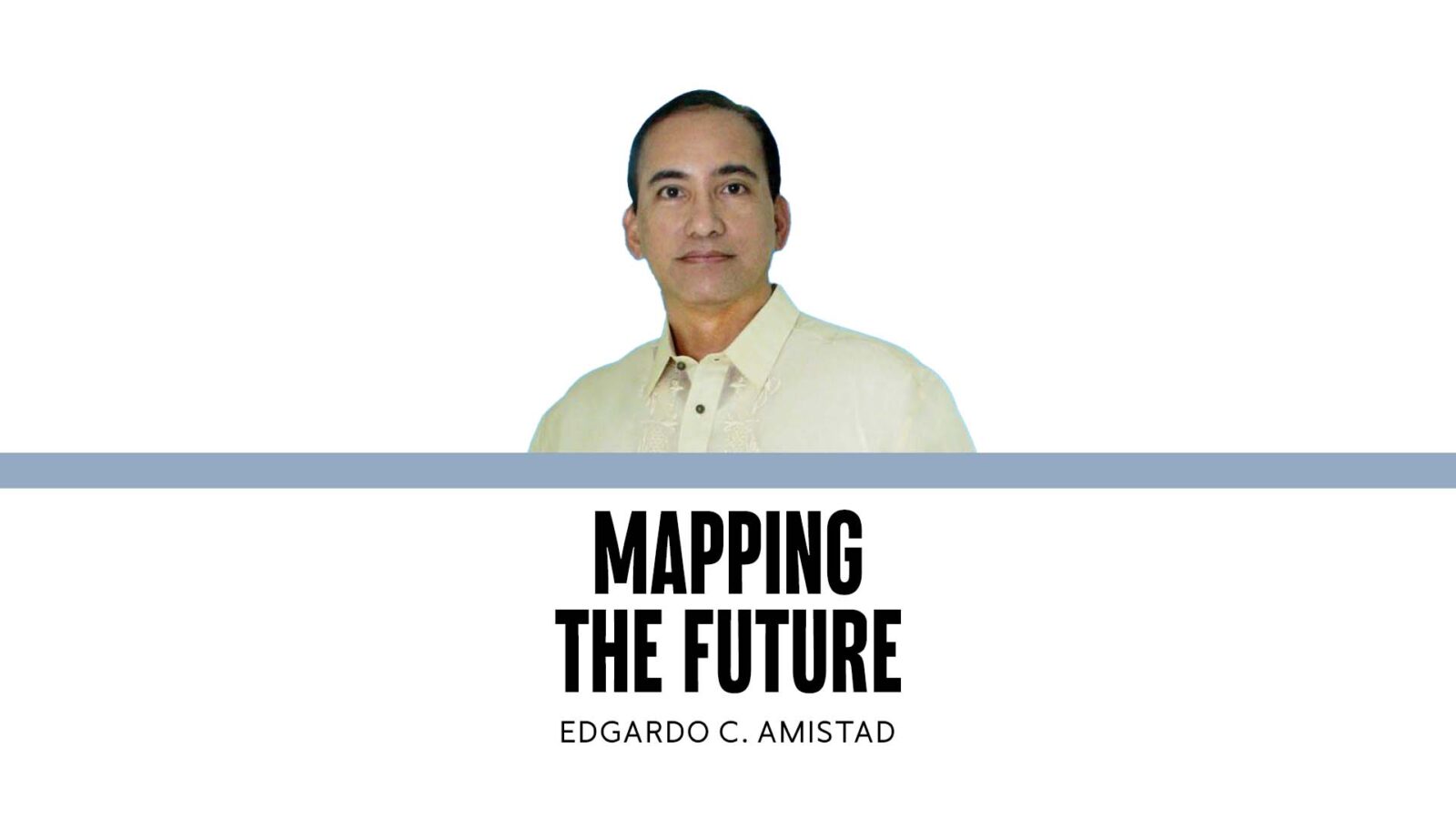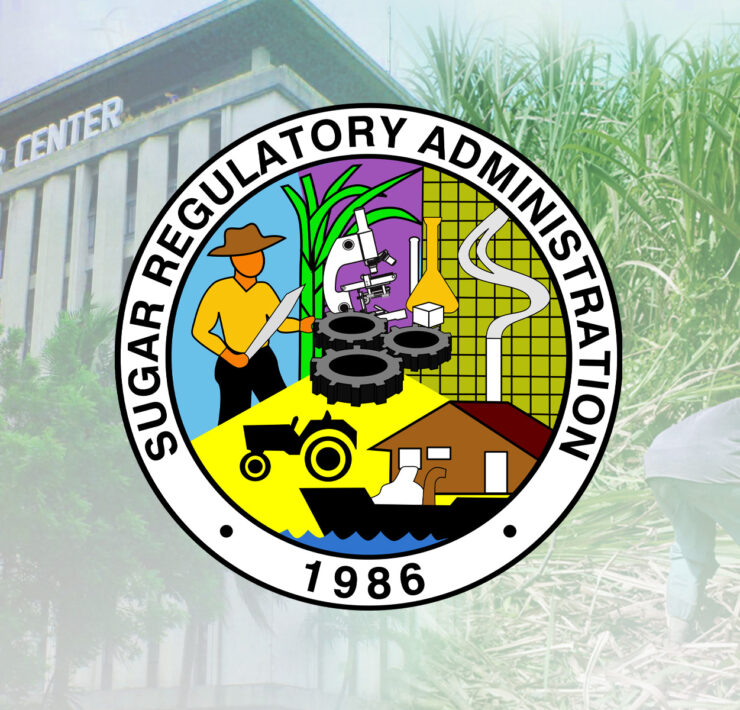Blunders and bloopers: A legacy of failed government lending programs for farmers

Farmers are the backbone of our country’s food security aspirations. Assisting them, therefore, is not just warranted but expected. The only issue left unresolved is how best to accomplish the goal. Undoubtedly, one of the farmers’ urgent needs is affordable and accessible credit.
During President Fidel V. Ramos’ administration, the Department of Finance (DOF) initiated a move to rationalize the government’s lending programs for the poor, especially for the farmers.
To kick off the rationalization, DOF inventoried and reviewed all lending programs, both past and present, of the various nonbank government agencies, such as the Department of Agriculture, the Department of Agrarian Reform and the Cooperative Development Authority. The strategic goal of the review was to ascertain which programs worked, which ones failed, and what lessons could be derived from them.
Not surprisingly, the study revealed that almost all the credit programs implemented thus far had failed. And the lack of success was attributable to poor collection.
The review also brought out the obvious: that the implementing government agencies did not have the expertise to do the job. Their personnel were neither trained and equipped with the basic credit principles nor adept at analyzing financial reports. Those are the requisite skills for a successful lending program. Consequently, the recommendation was for those government institutions to cease lending directly to their intended beneficiaries. From then on, only government financial institutions (GFIs) would handle the task.
With the above as backdrop, one government bank emerged as the main source of credit to the farmers. After all, that bank has the mandate, the network and the reach, the so-called expertise and it is already engaged in lending. It was just a matter of expanding its existing loan portfolio to accommodate more farmers.
As the bank geared up for action, its vehicle of choice was the cooperatives. The justification for the decision was simple enough: lending to individual farmers would be too cumbersome and costly. By organizing themselves into cooperatives, the bank can lend out bigger loans which the farmers’ cooperatives could then employ to either undertake big projects or retail to their members. If done properly, the cooperatives could become the engine for the growth and prosperity of the farmers. Regrettably, the program’s noble intentions were not fulfilled. Instead, it brought about an unmitigated disaster.
What went wrong?
There were many mistakes but the most glaring one has to do with the program execution. For instance, to access the bank’s funds, the farmers were required to join or put up their own cooperative. Whether or not they were true believers or practitioners of the cooperative principles was set aside. Whether or not they have the management acumen to undertake the projects to be financed was unwittingly overlooked. It was a supply-driven lending program.
Within a short period of time, cooperatives sprouted all over the country like mushrooms after a rain. A newly opened cooperative could easily qualify for a loan even without the necessary track record. The credit standards were set so low that it allowed weak cooperatives to access the bank’s funds. Inadvertently, the bank duplicated the same mistakes committed by the government departments and agencies.
What worsened the situation was the bank’s inordinate focus on loan releases as the key result area in appraising the performance of its lending offices and their personnel. This led to the credit officers encouraging their cooperative-clients to borrow more so they would look good to management. Lending to big- ticket projects, even those with questionable viability, became the fad.
During the first few years of the program’s rollout, the collection rate was exceptionally high—hovering close to 95 percent. This lulled management into complacency so much so that it escaped their grasp that most of the cooperatives’ projects were no longer producing the projected incomes, and worse, many had been incurring huge loses. The only reason the cooperatives’ accounts remained current was due to restructuring or, in layman’s term, the extension of the loan’s maturity date because the borrowers could not pay on time. For bankers, restructuring is a danger signal that the loan had turned problematic and might not be collected.
Indeed, several years later, the lending program finally blew up. Many cooperatives were unable to pay their loans, and their rotting carcasses were left to litter the countryside. The bank suffered a financial hit as well and was forced to write off huge amounts of bad loans. Sadly, the biggest victims were the cooperatives that had been operating profitably before they were enticed into participating in the said program.
Later on, when a new head took over the bank’s helm, the sad experience of the failed lending program was used as an excuse why the bank was no longer gung-ho in lending to the farmers. It was as if the entire fiasco was the cooperatives’ sole fault.
With subject bank’s withdrawal from its mandate to assist the farmers, a government guarantee corporation tried to take over the role of the farmers’ champion. Unfortunately, it replicated the subject bank’s failed lending model. The upshot was another unsuccessful credit program, with an even more ruinous impact as it caused the guarantee corporation’s closure.
From the litany of failed government lending schemes to the farmers, the best insight I got came from Landbank’s former senior officer Antonio Hernandez. According to him, the worst damage that those programs had inflicted on the country was not the loss of billions of the taxpayers’ money or the bankrupting of the farmers and their organizations. Rather, it was that they screwed up the farmers’ value system.
Every time the government would open a lending window, some farmers would honor their obligation but many others would not. Soon, the past due rate would spiral upwards, bringing about the collapse of the program. The farmers would clamor again for credit support, and the government would inevitably unfurl a new lending program catering to those very same farmers. It has become a vicious cycle.
What then would the lesson be for the farmers who paid their loans? That they are stupid? That those who did not pay are wiser because their past unpaid loans were forgiven with the advent of a new lending scheme?
The cycle of lending programs being launched and failing will only continue ad infinitum, ad nauseum until the government wises up and learns how to design and execute such programs properly.
This article reflects the personal opinion of the author and not the official stand of the Management Association of the Philippines or MAP. The author is member of the MAP Agribusiness Committee. He is also adviser to Philippine Disaster Resilience Foundation and a former president of UCPB-CIIF Finance and Development Corporation and UCPB-CIIF Foundation. Feedback at map@map.org.ph and edgardo.amistad@yahoo.com.



















